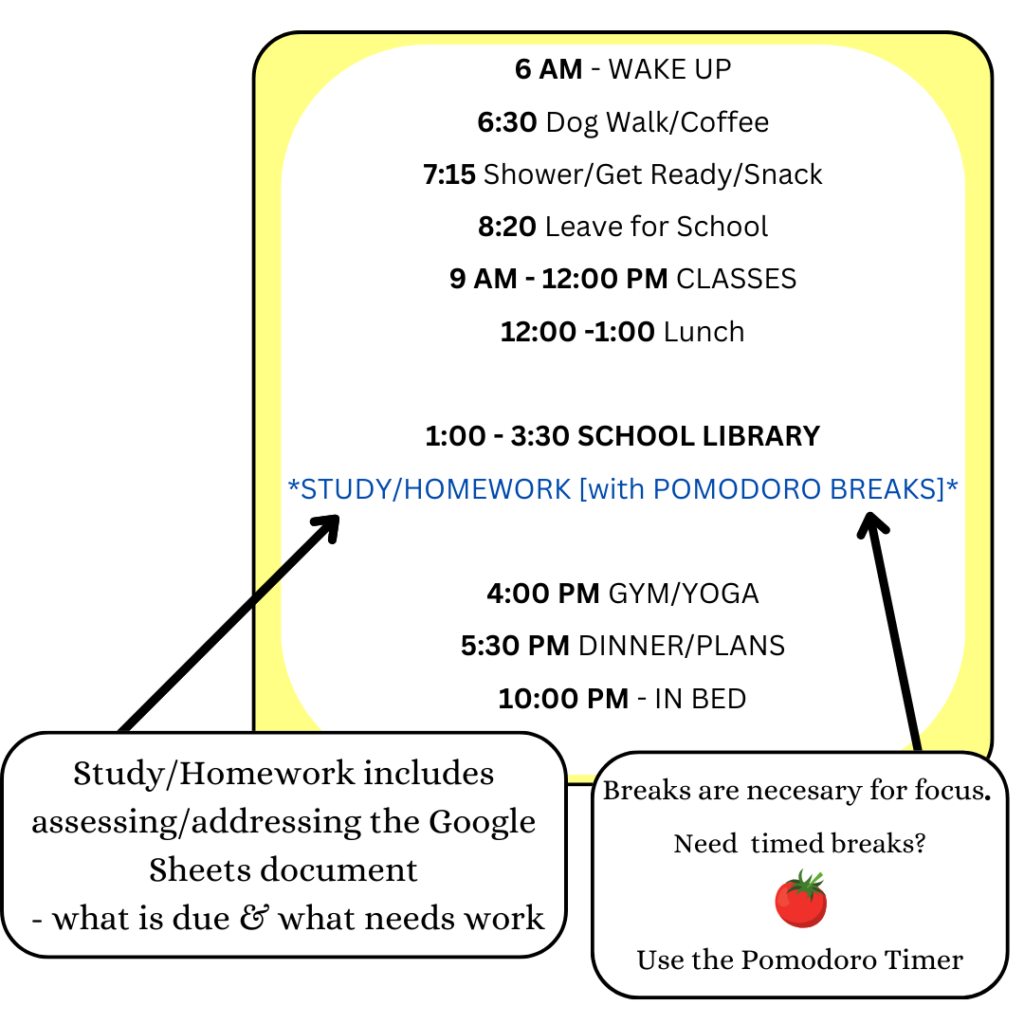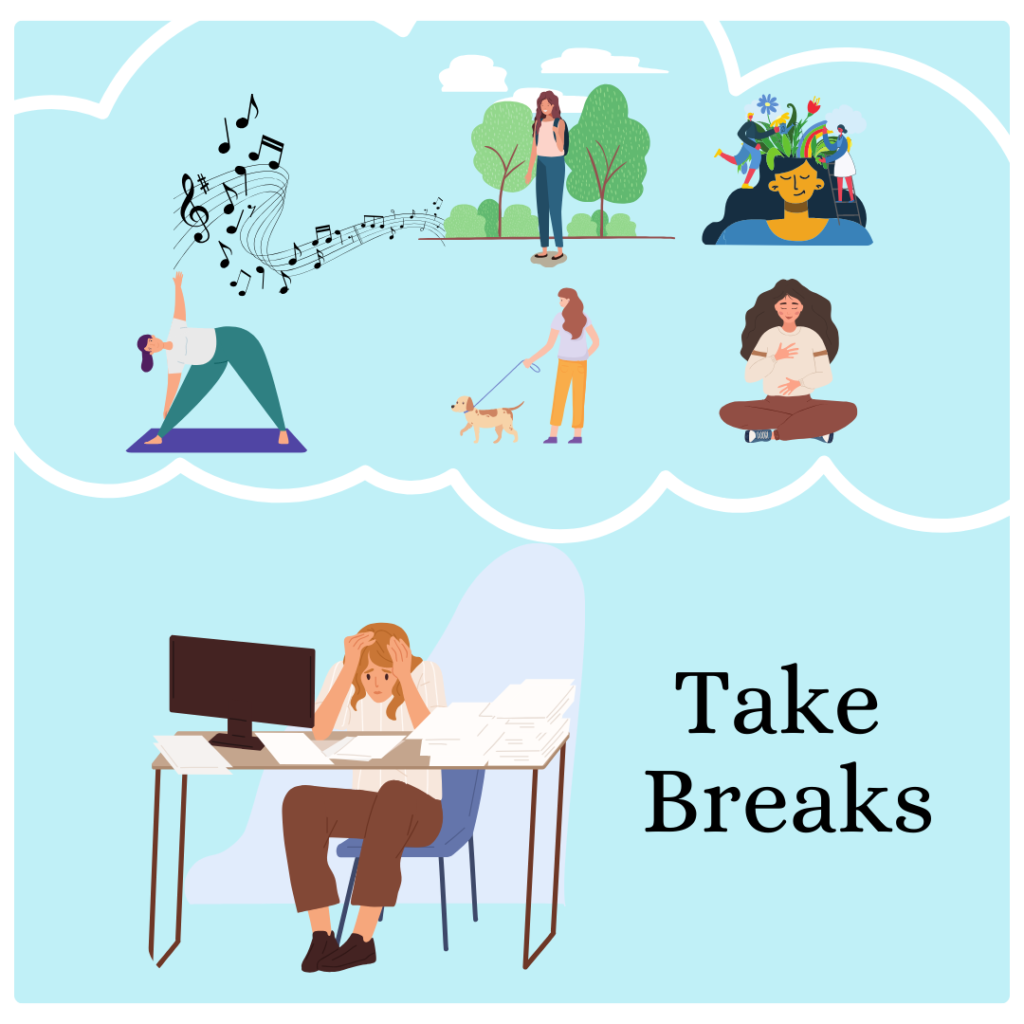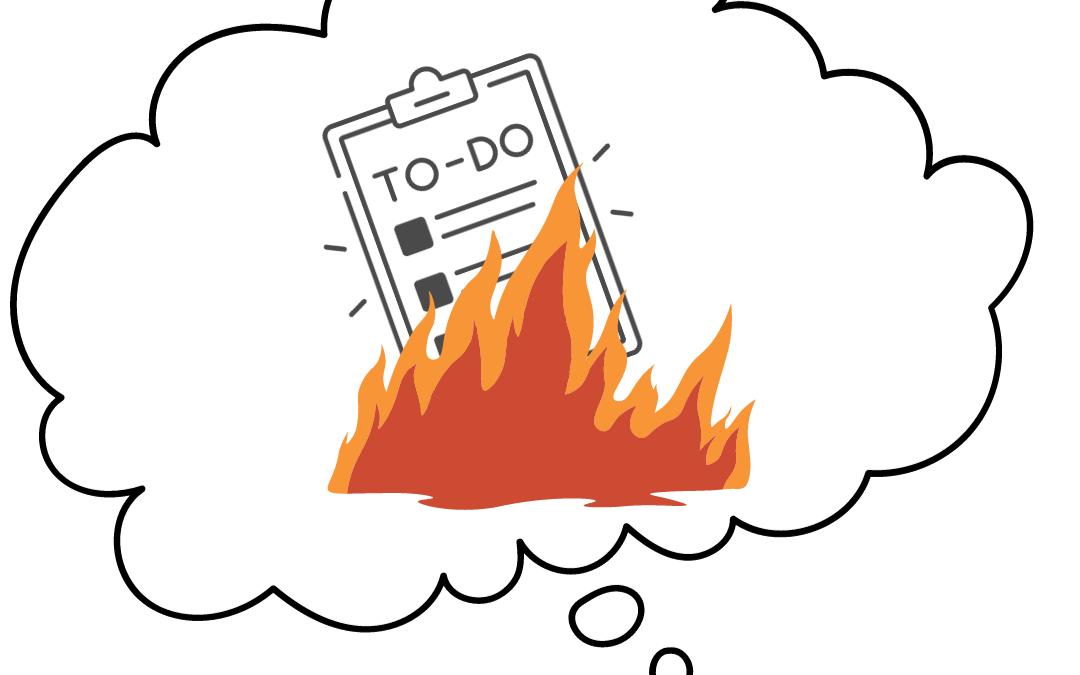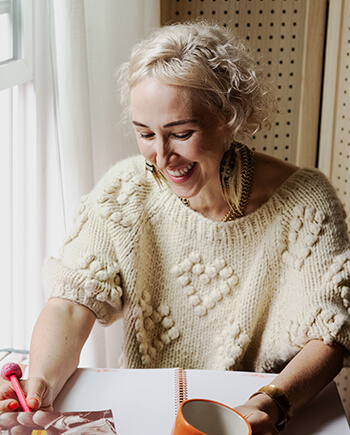Got a List? Organize and Conquer.
Projects. Meetings. Tests. The list includes work obligations, family, health, social support, assignments, and due dates. And the list goes on.
When thinking about the list, is Highway to Hell your theme song? Do you avoid the list by scrolling Tik Tok for an hour? Five hours? Or decide it’s time to re-watch the Netflix series you’ve already seen 456 times?
The list can be overwhelming – which makes it more enticing to AVOID the list. So, when the list enters the mind, how do you track, prioritize and organize the list in a manageable way?
Whether you have ADHD or not, below are tools for organization and completion.
There are ways …
Develop The List
Throughout the day, lists evolve… Pick up bagels. Text Gina about Gluten Free options. Review Jimmy’s math homework.
How do you keep track? Explore your ideal way to organize.
Pen to Paper: Planners, Notebooks, Journals
Do you love to sketch, doodle, scribble, or … throw paper against the wall?
Some of us prefer pen to paper for strategizing and organizing – like: bullet-journals, calendars, planners and notebooks (which can be hard-covered, page-numbered, and have dot paper, lined paper, or blank sheets.)
Not sure what you’re into? Websearch to find something appealing and give it a test run.
Gettin’ Digi with it. Digi-tal with Spreadsheets, Notes and Calendars
Digital organization includes planners, various phone apps, notes on phone, spreadsheets, lists and calendars. And many of these digital organization tools allow you to share your documents, lists, calendars, and scheduled phone reminders.
Sharing is caring …
And some people align sharing with accountability. If you want to be held accountable, hold someone else accountable, foster collaboration, or encourage teamwork – digital may be your ideal.
A little about digital spreadsheets …
Depending on your project, spreadsheets allow you to quickly organize and prioritize.
 Google Sheets can be organized with categories, due dates, and point systems. With one click of a button your spreadsheet can be organized by points or completion – to compare and determine priorities.
Google Sheets can be organized with categories, due dates, and point systems. With one click of a button your spreadsheet can be organized by points or completion – to compare and determine priorities.
To learn more about digital spreadsheets, there are many online articles on how to use Google Sheets or Excel.
Can handwritten notes AND digital work together? Short answer: Yes.
Rocketbooks, Neo Smartpens, Livescribe pens allow you to write/record notes on notepads and upload them to your computer. Some include apps for organization (Optik paper can be used with the Scribzee app. )
But wait … there’s more …
If you are open to writing on a screen, give digital notepads a try.
Schedules
Stephen King has written 63 novels, 120 short stories, 20 novellas and five non-fiction books.
WHEN does Stephen King write?
 MORNINGS.
MORNINGS.
In On Writing (2010) King explains, “My own schedule is pretty clear-cut. Mornings belong to whatever is new – the current composition. Afternoons are for naps and letters. Evenings are for reading, family, Red Sox games on TV, and any revisions that just cannot wait. Basically, mornings are prime writing time.”
Just like King, you can develop routine based on preferences and specific tasks during times of the day. Example: If you need to write an introduction – you can specifically commit to introduction writing from 8:15 AM – 8:45 AM. This is time blocking.
Time Blocking
Time blocking allows you to focus solely on one task at a time. No distractions.
So, lets say you have to give a presentation. Fun. What needs to get done before the day of your presentation? These tasks may be emails, phone calls, resume updates, youtube tutorials, reading, outlining study plans, etc. These tasks need to be identified. And sometimes we can’t identify detail oriented components until the week of or the day before. And, that’s when it’s important to place those tasks into the daily/weekly routine and time block based on due dates …
What to learn more? Check out Cal’s Newport’s YouTube video on time blocking.
Distraction vs. Breaks: Eliminate distractions, but take breaks.
There may be times wherein checking your phone or email is part of a task – and sometimes when it’s a go-to distraction inhibiting your focus. Step back and reflect on the difference between breaks and distraction.
What’s the difference? Time planned breaks are meant to alleviate distractions.
Breaks
 Feel guilt when you take a break? Don’t.
Feel guilt when you take a break? Don’t.
Research shows breaks can improve attention, increase productivity, enhance memory, reduce stress and increase productivity.
Take a break.
When it comes to scheduling breaks there are apps, phone timers, alarms, and the old fashioned wall clock and (for when the time arrives) returning to the task at hand. A timer I refer to (and use myself) is the Pomodoro.
Which leads to another question…
What counts as a break?
Everyone defines breaks differently – whether it’s a stretching exercise like Progressive Muscle Relaxation (PMR), washing some dishes, or taking the dog for a walk.
Are you sitting in front of your computer for most of the day? Take a walk. Lunchtime walks have been found to improve concentration and lessen fatigue in the afternoon.
When you can’t go on a walk … step away from the desk.
Though it might not always be possible to design an ideal break, there are ways to optimize your time away from the desk.
William S. Helton, psychology professor at the University of Canterbury in New Zealand, conducted studies on breaks and suggests choosing activities that are different from the work you’re doing.
In this article Helton explains, “If you take a break from doing your taxes to do some calculus problems, it probably won’t help much.”
So … Now what?
Well, now you may be asking yourself a bigger question. And this question may have been looming as you thought of the list and perhaps as you cross things off the list …
BIG QUESTION: Does it matter if I do these things . . . or not?
Hopefully to dos are actions aligned with something you’d like to achieve. Goals. Whether you are writing a thesis to bolster your admission to an ideal school or show up for a medical appointment – these are HOPEFULLY actions aligned with something you’d like to achieve – whether it’s education, career, health, relationships … the list goes on.
Maybe it is time to ask bigger questions …
What am I trying to achieve? Are these ‘goal oriented’ achievements aligned with my values?
If so, create a motto to remind yourself why you must follow through with routine and tasks …
I get up at 6 AM, so I can run, eat breakfast and be at my most focused for my 9 AM class, pass my midterm and attain a degree wherein I …
discover ways to cure cancer …
develop methods to solve global warming issues …
create laws to advocate for small businesses…
It may be useful to write reminders, slogans, values, or mottos for yourself – saying them outloud throughout the day. Perhaps there is a song you need to put on repeat with lyrics aligned with inspiration. For accountability you can text a friend about your effort.
And, if you are having difficulty – step back, address the steps involved – and ask yourself deeper questions as whether your task work is aligned with your end goal – and if that end goal is something aligned with your values – and worth achieving.




